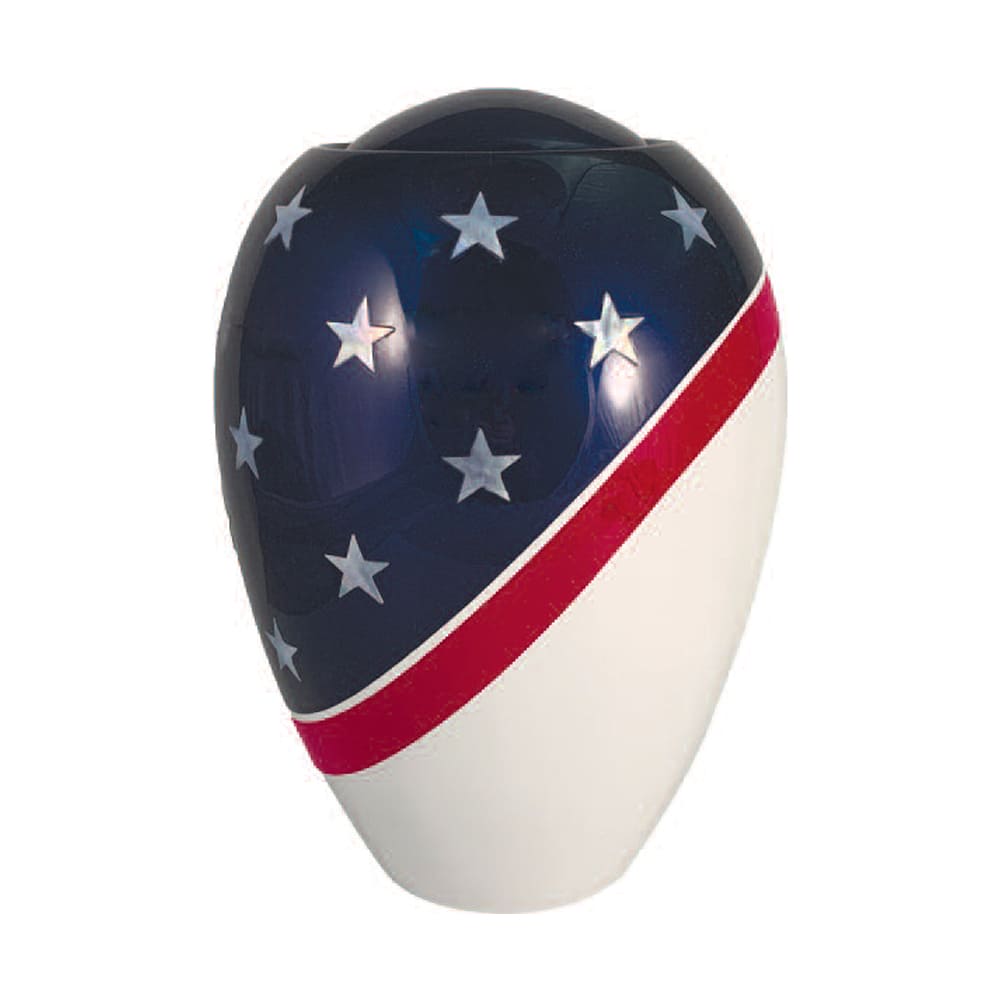For some, it may seem like writing an obituary is just announcing someone’s passing. But really, it’s a beautiful way to honor their life. It’s all about capturing their achievements, the people they loved, and the difference they made in the world. If you’re trying to figure out how to write one, we’ve got some tips to help you through it.
First things, first. Gather Important Information
Before you begin writing, it’s important to make sure you have all the pertinent details at hand. Like:
- Full name, including maiden name and nicknames
- Dates of Birth and Death
- Place of Birth and Death
- Names of Parents and other immediate family members
- Details of the funeral, memorial, or celebration of life service
Begin with a Brief Announcement
You’ll start with a basic announcement providing the facts. Such as:
- [Full name], aged [Age], of [City, State], passed away on [Date of Death]
Summarize Key Life Events that Stand Out
Next, think about the big moments in their life. You can be straightforward, get a bit emotional, or even toss in a funny memory. And, if they ever mentioned what they’d want in there, make sure to stay faithful to their ideas. Here are some examples:
- Childhood memories or events
- Educational achievements
- Career highlights
- Marriages, children, and family life
- Hobbies or passions
- Community involvement or charity work
Mention Surviving Family Members
For this part, you’ll want to list immediate family members who have passed on before and those who are still here, carrying on your loved one’s legacy.
- “He/She is preceded in death by [Names and relationships, e.g., ‘his parents, John and Jane’] and survived by [Names and relationships, e.g., ‘his loving wife, Sarah, and their children, Anne and Paul’].”
Add a Personal Touch
If there’s a moment or memory that really stands out to you, this is the perfect place to share it. Whether it’s a heartwarming story, a quirky trait they had, or a funny incident that showcases their personality, it can really help paint a picture of who your loved one was. It’s those little details and stories that often resonate the most and help others remember the unique spirit of the person.
- “Known for her infectious laughter and love for gardening, Mary often said that flowers were nature’s way of smiling. Her backyard, always bursting with colors, was a testament to her green thumb and her zest for life.”
Share Memorial Service Details
Now for the practical part. You’ll want to mention all the funeral or memorial service details plus any additional information that may be helpful to attendees such as if you’re planning to host a private or public service. Think about whether there’s a dress code or a special request, like ‘in lieu of flowers’. If there’s a gathering afterward or a specific place for condolences, it’s good to mention that too.
- Date
- Time
- Location
- Additional details
Proofread. Then Proofread Again.
You did it! Now, let’s make sure everything is spot on. Give the obituary a few reads – look out for any slip-ups with dates or names. Sometimes a second set of eyes can catch what you missed, so recruit a family member or friend to give it a once-over.
Adhere to Publication Guidelines
If you’re thinking of putting the obituary in a newspaper or online, give their guidelines a quick look. Some places have word limits, specific ways they want things formatted, or might charge you based on how long it is.
Great work! Writing an obituary is a big responsibility, but as long as you follow these tips you’ll end up with a heartfelt tribute that really captures the spirit of their life.














 Create a meaningful sendoff for your loved one with our Sunset Scattering Tube Urn. Simply remove the outer lid and you will see the perforated lid to be opened. This urn helps to provide a nicer presentation when ocean scattering.
Create a meaningful sendoff for your loved one with our Sunset Scattering Tube Urn. Simply remove the outer lid and you will see the perforated lid to be opened. This urn helps to provide a nicer presentation when ocean scattering. The Midnight urn is crafted of Aluminum. The urn has a beautiful hand-painted finish. This urn has a top-opening with a secure threaded lid.
The Midnight urn is crafted of Aluminum. The urn has a beautiful hand-painted finish. This urn has a top-opening with a secure threaded lid. This urn was designed for families to scatter the ashes of their loved ones with ease and dignity. Simply place the urn in the water and watch as it floats away. The urn will begin dissolving and release your loved ones ashes in the gentle ocean currents. This urn is 100% biodegradable.
This urn was designed for families to scatter the ashes of their loved ones with ease and dignity. Simply place the urn in the water and watch as it floats away. The urn will begin dissolving and release your loved ones ashes in the gentle ocean currents. This urn is 100% biodegradable. Blue Newport Urn is crafted from aluminum. The urn has a beautiful hand-painted finish. This urn has a top-opening with a secure threaded lid. Newport Urn comes in blue or red.
Blue Newport Urn is crafted from aluminum. The urn has a beautiful hand-painted finish. This urn has a top-opening with a secure threaded lid. Newport Urn comes in blue or red.